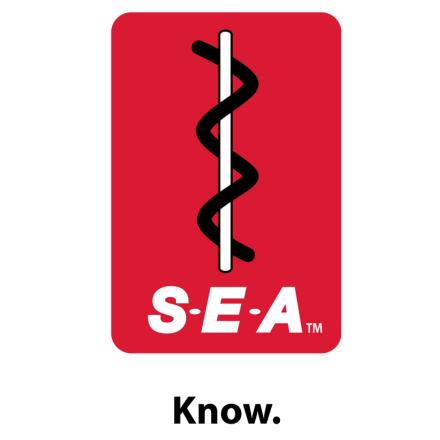|
Looming Collisions
Human factors experts address the issue of looming in vehicle collision cases to determine whether the driver perceived and responded to the slower moving or stopped vehicle in a reasonable amount of time and whether the driver’s actions were a cause of the crash. What is Looming? Many vehicle crashes involve a driver rear- ending a slow-moving or stopped vehicle on the highway. These crashes often involve vehicles that have recently entered a lane of travel but have not yet accelerated to highway speeds or disabled vehicles that have slowed or stopped in the lane Consider the following example: Under real-world driving conditions, a driver traveling at 65 mph on a highway that encounters an 8-ft wide vehicle stopped in the lane of travel will not be able to estimate the closing speed until he or she is only 195 feet away from the stopped vehicle. At a speed of 65 mph, the driver then has only about 2 seconds to respond and avoid the collision. Why only 195 feet in this example? Because that is the calculated point of looming detection. The point of looming detection (PLD) is the distance from an object or vehicle at which an observer is first able to detect the rate at which he/she is closing in on that object and will strike it unless action is taken[1]. The PLD is calculated using three factors: the relative speed between the two vehicles, the width of the lead vehicle, and the looming threshold value. The looming threshold value is the point at which a driver can perceive that they are approaching a lead vehicle rapidly. The primary visual cue used to determine closing speed is the rate of change in image size of the lead vehicle on the retina. When drivers are far away from a lead vehicle, the image size grows very slowly and a driver is unable to perceive the rate of closure because the looming threshold has not yet been reached (Figure A). But as a driver gets closer to the lead vehicle, the image size starts to grow very rapidly and allows the driver to perceive the rapid rate of closure and the need to take evasive action to avoid a collision (i.e., the looming threshold is reached) (Figure B).
For demonstration purposes only. Figure not drawn to scale. Research on perception-reaction time (PRT) in response to looming indicates that most drivers who experience looming under real-world conditions are able to respond to looming by braking within 1 second or less. This PRT value assumes that drivers are looking at the slower-moving vehicle at the instant the threshold is reached. However, a reasonably attentive In addition to looming, information available in the roadway environment can also affect a driver’s ability to perceive that a vehicle is stopped or moving slowly in the lane of travel. A human factors investigation of a rear-end collision involving a slow-moving or stopped vehicle on a high- speed road includes:
About Exigent Exigent is a legal technology provider and consulting organization that is breaking industry boundaries and raising the bar for data-driven decision-making. Through a powerful combination of technology, analytical thinking, and financial acumen, Exigent’s multidisciplinary team develops solutions to drive change in business, in the legal department and beyond. Whether it is AI for contract management or supplying expert witnesses through its Forensic Consulting and Medical Legal Services divisions, Exigent provides businesses with the questions and answers they need to make the most of the digital disruption. For information about Exigent, visit exigent-group.com. If your case involves a rear-end collision with a slow-moving or stopped vehicle, contact Dr. Nancy Grugle to discuss how looming may have played a role in the collision. Nancy L. Grugle, Ph.D., CHFP Human Factors Expert | Forensic Consulting Telephone. 610.255.2171 | Mobile. 720.879.1162 [1] Krauss, D., Todd, J., and Heckman, G. (2012). The “critical window,” looming and implications for accident avoidance. ITE Journal, pp. 36-41. [2] Markkula, G., Engstrom, J., Lodin, J., Bargman, J., and Victor, T. (2016). A farewell to brake reaction times? Kinematics-dependent brake response in naturalistic rear-end emergencies. Accident Analysis and Prevention, 95, pp. 209-226.
|















